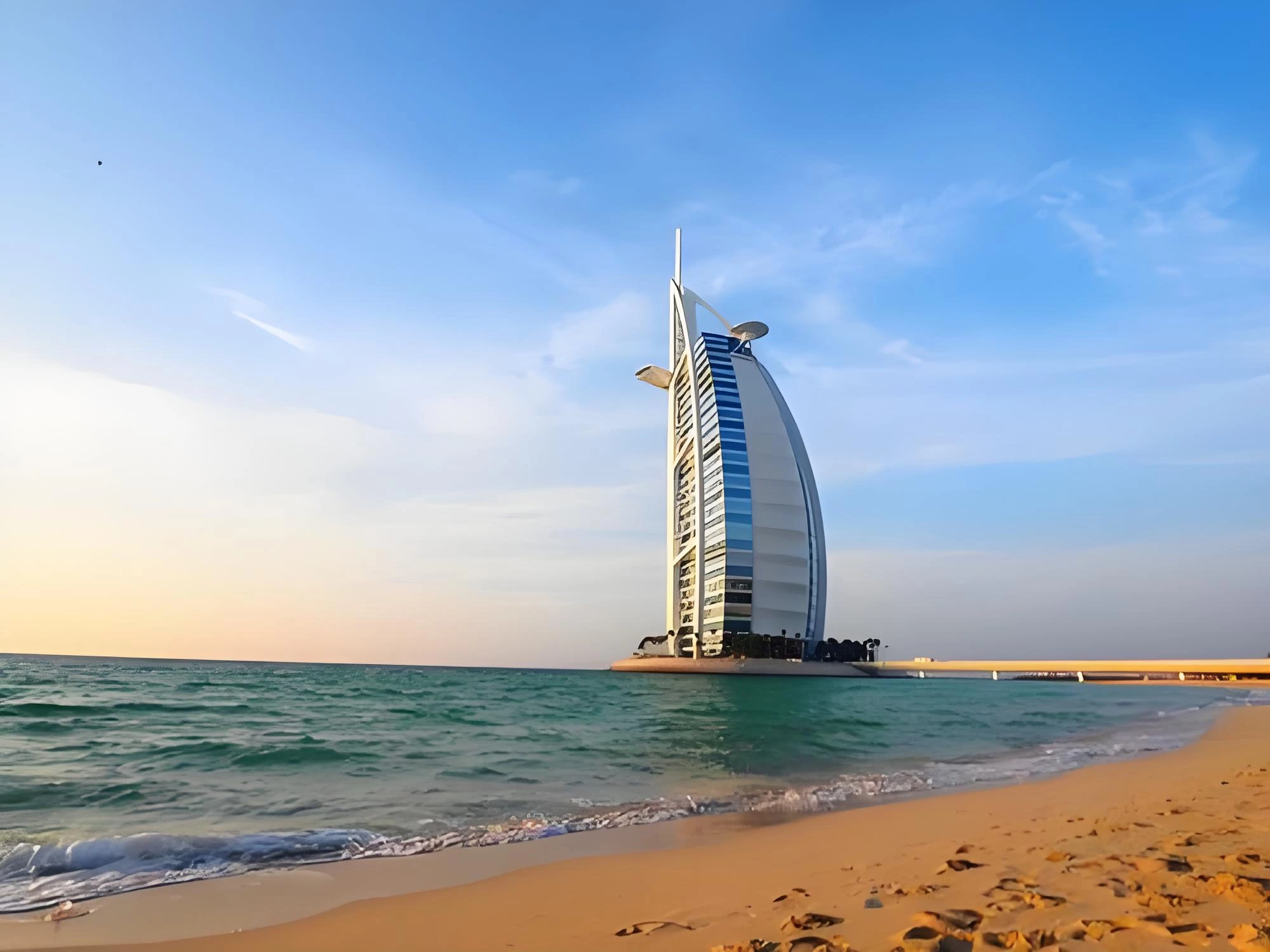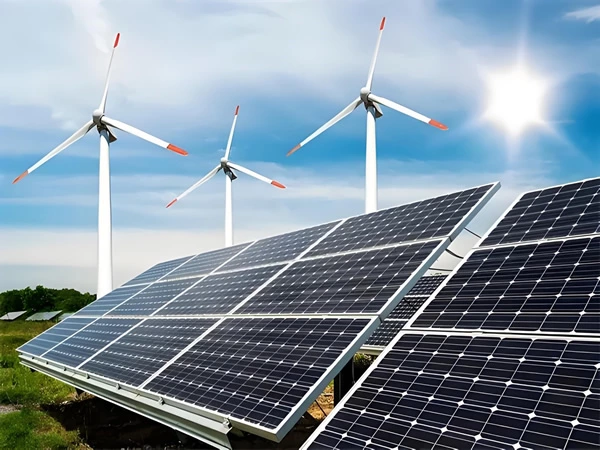The application of MVR evaporation and crystallization equipment in the bio-fermentation industry is developing rapidly with the increasing environmental protection requirements and the need for energy efficiency optimization. The following is an analysis of the latest developments and trends in this field:
1. Technical application background
The bio-fermentation industry often produces high-concentration organic wastewater and high-salt wastewater. Traditional evaporation technology has high energy consumption and is prone to scaling. MVR technology has become the mainstream choice by recovering secondary steam energy and significantly reducing energy consumption.
2. Latest industry trends
(1) Energy efficiency optimization and intelligence
- Heat pump system upgrade: The efficiency of the new centrifugal steam compressor has been increased to more than 80%, which is suitable for the large viscosity changes of the fermentation liquid.
- AI control: Introducing machine learning algorithms to dynamically adjust the compressor speed and feed flow rate to cope with fluctuations in the fermentation liquid composition.
- Coupling process: MVR is combined with membrane concentration (DTRO) to pretreat high COD wastewater and reduce the risk of evaporator scaling.
(2) Materials and anti-scaling technology
Special alloy materials: 254SMO super stainless steel or titanium is used to deal with corrosive materials containing chloride ions and organic acids.
CIP system: Pulse cleaning combined with anti-scaling agent addition to extend the continuous operation cycle.
(3) Application expansion in sub-sectors
API production: MVR system design that complies with FDA/EMA specifications is used for antibiotic crystallization (such as low-temperature evaporation of sodium penicillin).
Bio-based chemicals: The demand for integrated equipment for concentration-crystallization of fermentation broths such as lactic acid and succinic acid is growing.
3. Policy and market drivers
China: The "14th Five-Year Plan" energy conservation and emission reduction plan promotes the fermentation industry to eliminate traditional evaporators by 2025, and the MVR penetration rate is expected to exceed 60%.
EU: Carbon tariffs (CBAM) force export-oriented enterprises to adopt low-carbon technologies, and the carbon emission reduction advantages of MVR are highlighted.
4. Challenges and solutions
High COD material treatment: ozone oxidation or anaerobic pretreatment is required to reduce the load.
- Investment cost: Domestication reduces equipment prices, and some companies have made breakthroughs in compressor technology.
- Crystallization quality control: Optimize the crystallization process through online monitoring of particle size distribution to improve product purity.


